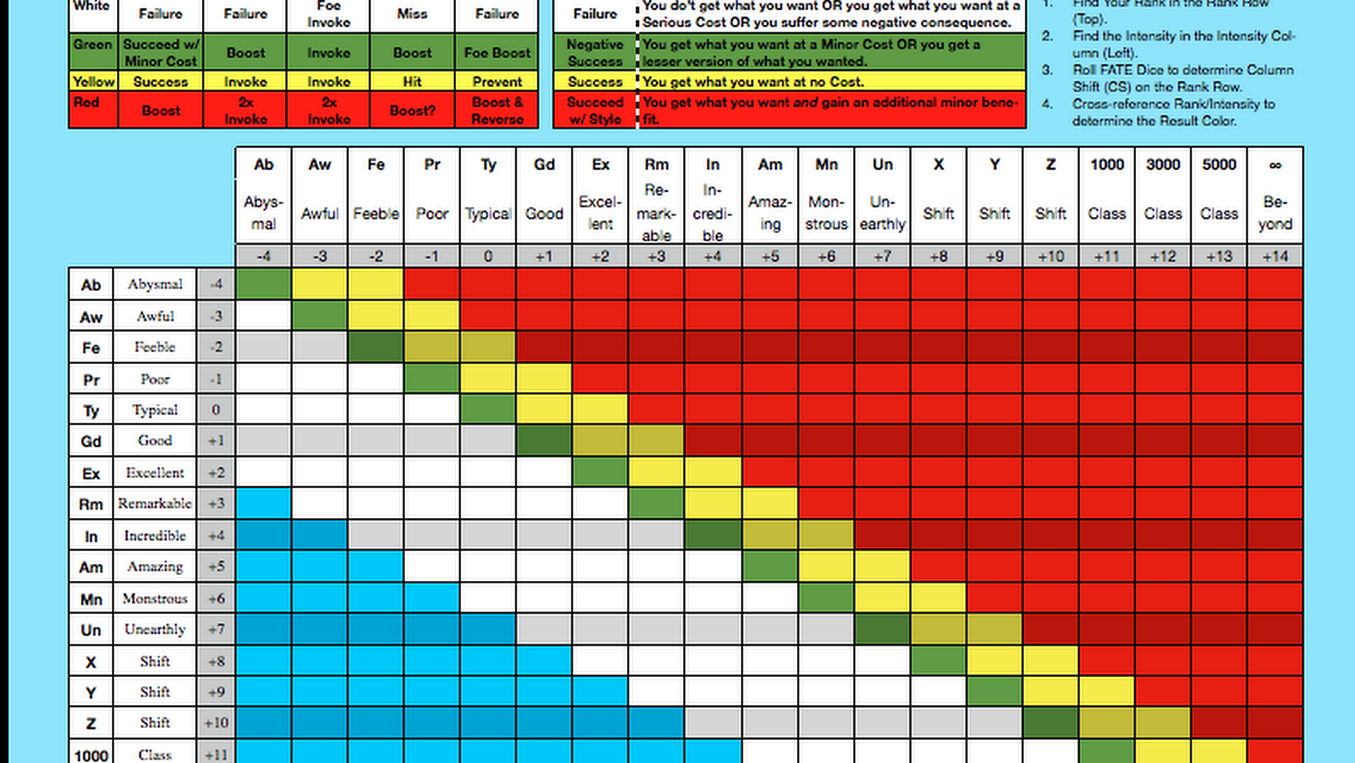
Now kangaroos can be twilight creatures, coming out when it is cooler, but when you get close enough to see the red eyes – it is too late!
Basically, a vampire that can jump as fast as your standard fanger can fly.

Remarkable, Incredible and Amazing nerdiness

Now kangaroos can be twilight creatures, coming out when it is cooler, but when you get close enough to see the red eyes – it is too late!
Basically, a vampire that can jump as fast as your standard fanger can fly.

Level 26 is accomodation for the workers.
GM: Key 8 is screen and an outside observation platform like the captains have, just less brass.

This one maybe a bit more D&D – or, Batman vs a Dragon?!


One of the strange monsters haunting the Mokuy skies. Likes the high places, but anywhere with bones to snack on.
Something like skeleton stats and eagle flight. Turn as skeletons.
AC,7,MV,12, Fl 30,HD,1-1,Thac0,20,3,NA,DM,1d4/1d4/1d4,SA,Special,SD,Special,SZ,M (4-6'),ML,,XP,100
1/2 damage from piercing weapons, etc.
Level 26 is accomodation for the workers.
GM: Key 6 is the other half of the showers and toilets.

Need to add some of the spiders to Mokuy
Spiders: https://travel.earth/beware-the-8-most-venomous-spiders-in-australia/
Snakes: https://blacksnakeproductions.com.au/most-common-venomous-and-nonvenomous-snakes-in-australia/
Scorpions : https://www.australiangeographic.com.au/topics/wildlife/2016/05/scorpions-of-australia/

I have started looking at adapting this for HexDescribe type reasons.
For example: – https://github.com/bluetyson/Map-Generation/blob/main/src/map.py
https://chgowiz-games.blogspot.com/ is working on a epic random generator for a campaign you can read about at his blog – using HexDescribe https://campaignwiki.org/hex-describe
You can see some examples here https://docs.google.com/spreadsheets/d/1G8AZf2tBOtGYr5AEKis7_AZYpJ1_T18LFYp_mi_rikY/edit#gid=1019219400 and https://pastebin.com/raw/W9zgH3pN
Borrowing his business classifications for an example for the Map-Generation software:
The output for this program is GeoJSON, so thanks to QGIS – which is great open source software.


Randomly perturbed Voronoi generation seems to work well for the random wanderiness of towns or cities that spring up.
The original code has churches, monasteries and Cathedrals. Pretty sure our D&D type games don’t need that sort of building type overload.
As well as GeoJSON – it has a viewer script that is basically QTing a PNG, so your usual plt.savefig() before that will get you that version of the output, saved, too. Need to make one that is labelled – maybe a geopandas .
Converting this to perl directly would take a bit of work – no higher level geospatial apis like shapely around there, so would have to redo in gdal directly :- https://metacpan.org/pod/Geo::GDAL. Probably easier to wrap, for fun.
Or, Mokuy gets dinosaurs
“Giant lizard, small dinosaur or feathered reptile?
There have been conflicting descriptions of this giant reptilian Indigenous cryptid, but documented sightings from the 1950s to the late 1980s describe the creature as walking on two legs – akin to a 20th-century tyrannosaurus rex.”
https://www.racv.com.au/royalauto/travel/australia/australian-mythical-folklore-creatures.html

So of course if it could be seen in 1950, it could be seen in 1800!
Above article also has the ferocious drop bear, of course.